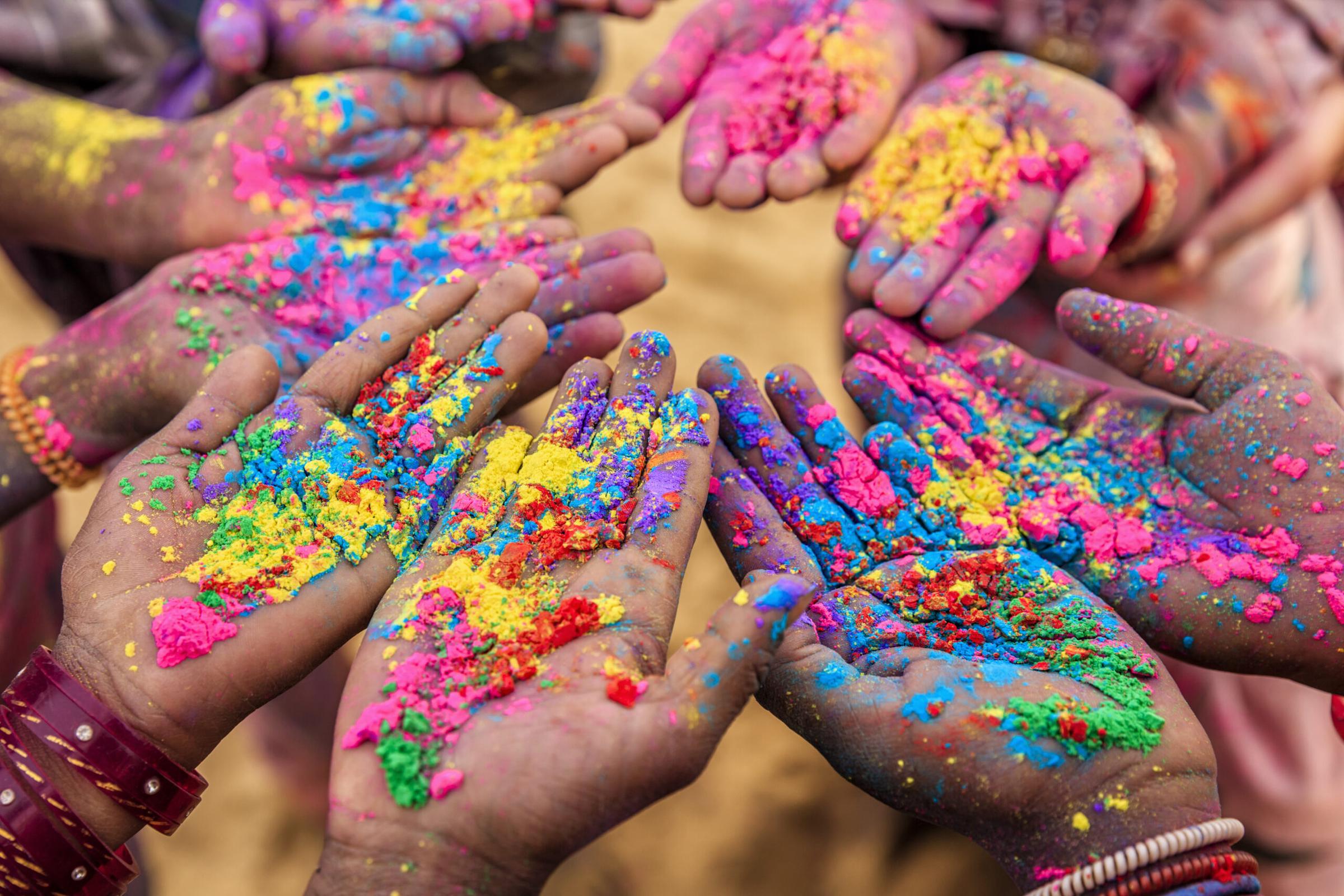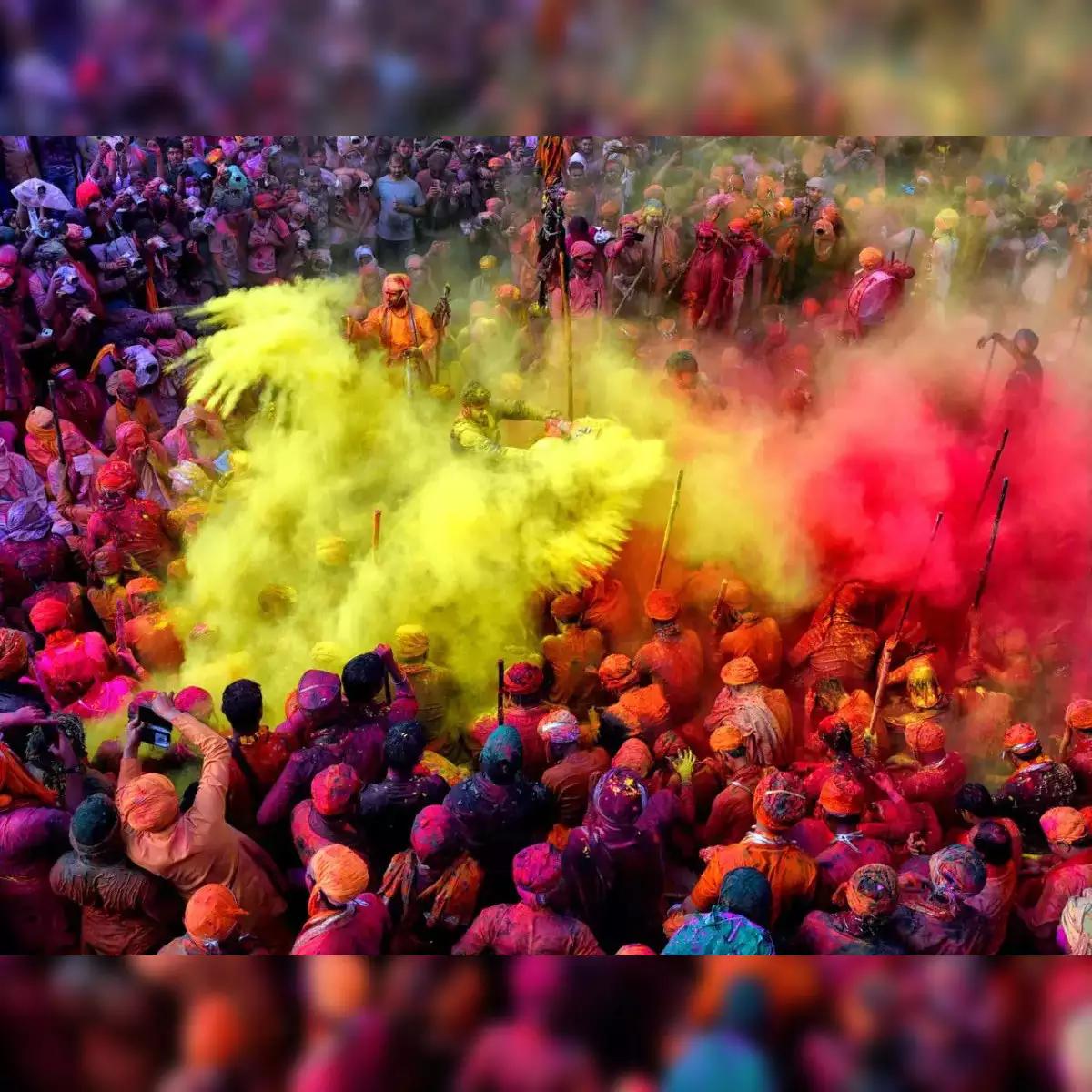Cultural Celebrations

What is Holi?
Known as the Festival of Colours, Love, and Spring, Holi is celebrated on the last full moon in the lunar month of Phalguna (also written as Fagua). This ancient tradition marks the end of winter and return of spring, which is a time of rejoicing, rejuvenation, and reflection.
When Is Holi?
Holi will be celebrated on Monday 25 March in 2024.
Who Observes/Celebrates Holi?
Countries within the Indian subcontinent, such as India, Nepal, Bangladesh, Indonesia, Pakistan, and Sri Lanka, and cities and countries with large populations of Hindus celebrate Holi.
The Origins of Holi
Like many religions and cultures, there are different belief branches which connect Holi to different events and deities.
Some see Holi as a representation and celebration of a great battle waged in ancient times between a Hindu god named Vishnu (as an 'avatar', which in Hinduism refers to the material appearance or incarnation of a powerful deity or spirit on Earth) against Hiranyakashipu, an evil king. In this way, Holi honours the triumph of good over evil.
Others see Holi as a celebration of the eternal and divine love between two deities named Radha (goddess of love, tenderness, compassion, and devotion) and Krishna (god of protection, compassion, tenderness, and love), who grew up with each other, and who fell in love. Krishna painted Radha's face with colour before the two of them agreed to their relationship.
Who Is Vishnu?
Vishnu is one of three gods in the Hindu triumvirate (or Trimurti, or Holy Trinity). The triumvirate consists of three gods who are responsible for the creation, upkeep and destruction of the world. Brahma is the creator of the universe. Shiva is the destroyer. Vishnu is the preserver and protector of the universe.
Vishnu's role is to return to the earth in troubled times and restore the balance of good and evil. Krishna is one of the incarnations, sometimes referred to as avatars, of Vishnu. Do not be misled, however: Krishna is still a powerful god in his own right!
What Happens On Holi?
Celebrants light bonfires, throw colourful powder called gulal, eat sweets, and dance to traditional folk music.
Traditionally, the colours used in gulal during Holi came from flowers and herbs, but today they’re often synthetic. Depending on the cultural/religious story, the colours of Holi have different meanings and are used for different reasons.
From further information, see the following websites:
and
https://theculturetrip.com/asia/india/articles/what-is-holi-and-why-is-it-celebrated

